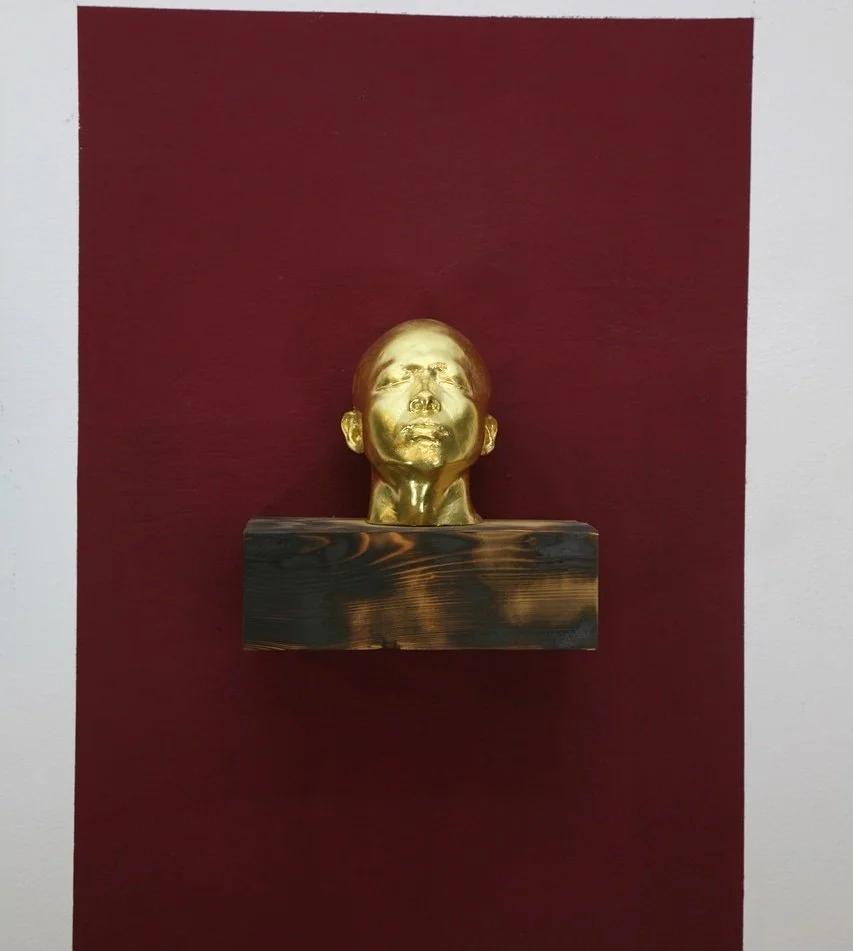Wolfgang Stiller
Based in Berlin, Wolfgang Stiller’s artworks encompass sculpture, drawing and installation, displaying a complicated but subtitle interest in bodies and organisms, human and otherwise, via scale subject and materialism. His artworks have been exhibited in group and solo exhibitions throughout the US, Australia, England, Germany, Italy, Ireland, Turkey, China, and Japan. Wolfgang Stiller has been working as an artist for almost 40 years. He faced the fall of the Berlin Wall and the prime of popular culture in New York. In 1981 he started studying Communication Design in GHS Wuppertal in Germany. However, he was focusing on painting and installation works at this time as well. He later established his own studio, which once was an old factory loft, as he had a huge affinity for fine art. Wolfgang’s artistic practice started to evolve rapidly and soon a friend of his brought the gallery owner from where he worked, to the artist’s studio. The gallery owner was impressed with Wolfgang’s ideas and later he brought a well-known painter and professor of the prestigious Art academy "Kunstakademie Düsseldorf". Several months later Wolfgang was accepted into this academy where he continued to pursue his artistic path and develop his talent and style.
Throughout his career, Wolfgang Stiller worked and traveled across many countries. Traveling is very important to him because it gives the artist a lot of experience and exposure to different cultures and therefore it has been very important in developing his unique style. The artist is addressing a strong societal commentary through the subject matter he chooses, however, the seriousness of it is always balanced out with playfulness.
The artist received his education and multiple awards in Kunstakademie Düsseldorf Fine Art Academy. He has had more than 140 solo and group exhibitions and his artworks are presented in the international museum collections in Wuhan Museum of Fine Art, Wuhan (China); Pfalzgalerie Kaiserslautern (Germany); Museum K.E.Osthaus Museum, Hagen (Germany); Public collection of Land Hessen (Germany); Museum Bochum (Germany). In 1989 the artist started developing his “Laboratory series” installations. His motives were various. First, he wanted to exploit the idea on a metaphorical level, because he sees science as a mirror of society’s moral values. “I am fascinated by science. In fact, I considered my studio a laboratory for artistic research, a sort of alternative science lab. The very first laboratory “creatures” was a sort of abandoned lab. I was interested in creating a situation, which implied the presence of human beings through the absence of the same. I played with the idea of a laboratory, which was abandoned by its scientists and left by itself.”
Wolfgang works with simple, man-made forms. He never creates organic objects. “That wouldn’t be a challenge. It strikes me as useless to compete with nature- to try to copy it. It’s the unnatural that interests me: the hidden charms we can find in ugly industrial objects.”
He had a similar approach in the 1990’s when he created the latex installations. He feels that it was during the 90’s that our attitudes towards life became increasingly superficial. During this era appearances were valued above everything else, and people paid more attention to how elegantly something was packaged than its contents. On a broader scale he felt that “concept” outweighed “substance”. Contemplating this trend led him to start examining the surface of things. “I wanted to try and rediscover the inside by exploring the outside. I made casts of objects to isolate their skin. Peeling of the surfaces of humble, everyday objects revealed a strange beauty that we are unable to appreciate, precisely because we use them everyday.”
The presence of the human figure is relatively new in his installation work. Them“Matchstickmen” are the first series of installations that show the actual human form. In this series there is a kind of reversal of the use of space from earlier works, where the figure becomes the main focus and we have to imagine their surroundings.
“Matchstickmen has two aspects. It’s certainly a commentary on society - the way we treat ourselves and other human beings. To be “burned out” is a term we can find quite often in magazines these days. Big companies exploit their employees to make larger profits, all over the world. As long as we have affordable Tee-shirts and sneakers, we don’t really want to know whether they are made by children in India or not. Large societies like China and India have definitely a different view on the importance of the individual. That comes with a huge population. I think the west deals with the same issues, just on a smaller scale. So, I like to see this work more as a general commentary about the waste of human resources. The other aspect of the work is a more playful and humorous one. Streichholzkopf, the German word for matchsticks, refers much more strongly to the human head in a literal way (kopf means head). When I set up this installation, each time differently, I like to make them look like someone played with matches and tossed them around. I always hope that people get both aspects- the enjoyable, light one, as well as the more serious meaning behind it.”

















